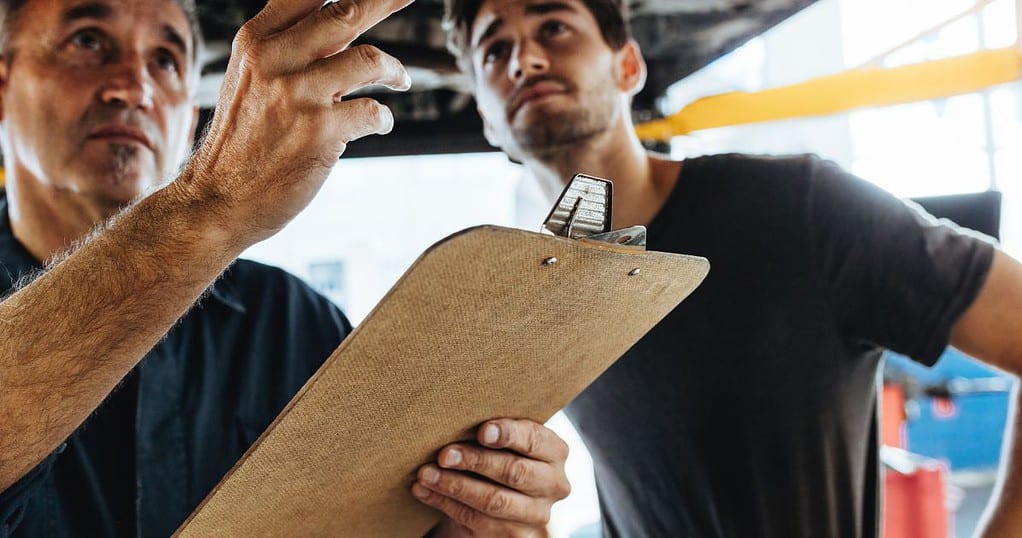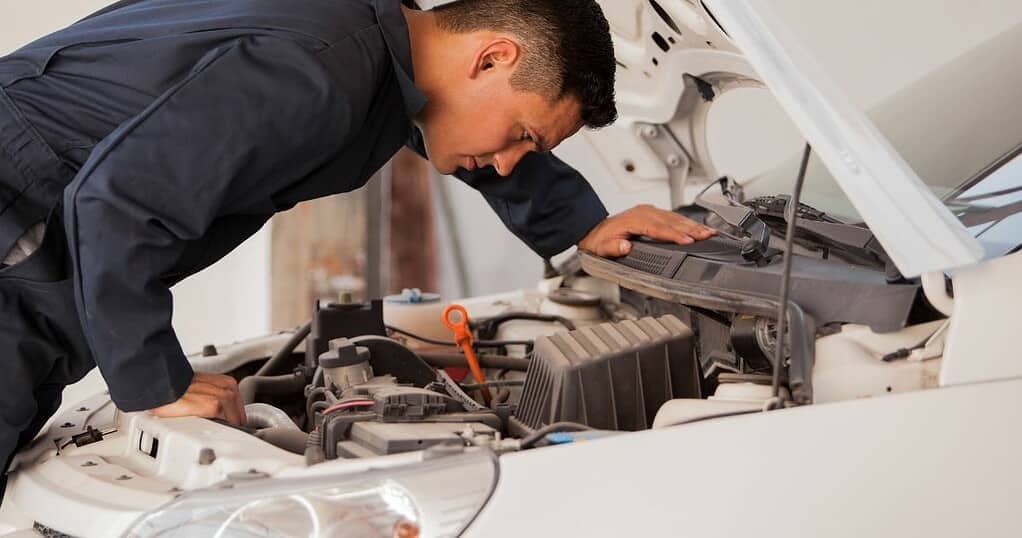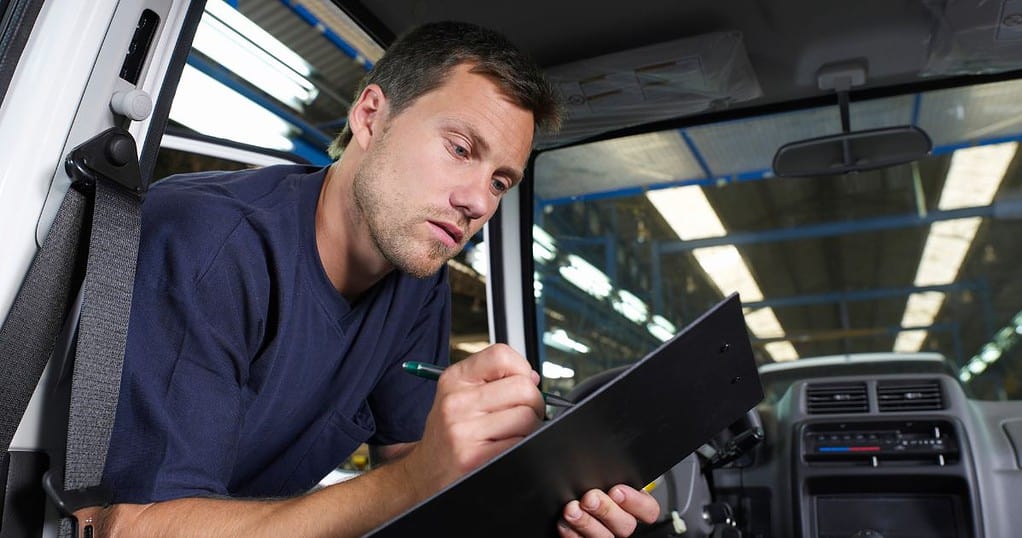Pre-Purchase Inspection for Used Cars: A Comprehensive Guide
If you’re in the market for a used car, it’s important to know what you’re getting into. While a car may look great on the outside, there could be hidden problems lurking under the hood that could cost you a lot of money in repairs down the line. That’s where a pre-purchase inspection comes in.

A pre-purchase inspection is a thorough examination of a used car by a certified mechanic. The mechanic will inspect the car for any issues or potential problems, from the engine to the brakes to the suspension. They’ll also check the car’s history report to make sure there are no red flags, such as accidents or major repairs.
Getting a pre-purchase inspection can give you peace of mind when buying a used car. It can help you avoid buying a lemon and ensure that you’re getting a vehicle that’s safe and reliable. In this article, we’ll take a closer look at pre-purchase inspections for used cars and why they’re so important.
Why is a pre-purchase inspection important?
Buying a used car can be a smart financial decision, but it can also be a risky one if you don’t do your due diligence. One of the most important steps you can take when buying a used car is to have it inspected by a professional mechanic before making a purchase. Here are a few reasons why a pre-purchase inspection is so important:
- Identify potential problems: A pre-purchase inspection can help identify any potential problems with the car that may not be immediately obvious to the buyer. This can include issues with the engine, transmission, brakes, suspension, and other critical components.
- Assess overall condition: In addition to identifying specific problems, a pre-purchase inspection can also give you a better sense of the overall condition of the car. This can help you make a more informed decision about whether or not to buy the car.
- Negotiate a better price: If the inspection reveals any issues with the car, you may be able to use this information to negotiate a better price with the seller. Alternatively, if the inspection shows that the car is in good condition, you can feel more confident paying the asking price.
Ultimately, a pre-purchase inspection can help you avoid buying a lemon and ensure that you’re getting a good value for your money. While it may cost a few hundred dollars to have the car inspected, this is a small price to pay compared to the potential cost of buying a car with serious problems.

What is included in a pre-purchase inspection?
When it comes to buying a used car, a pre-purchase inspection is an essential step to ensure that you are making a wise investment.
A pre-purchase inspection is a comprehensive examination of the vehicle by a qualified mechanic or technician to assess its condition and identify any potential issues that may affect its performance or safety. The inspection typically covers the following areas:
- Exterior: The exterior of the car is inspected for any signs of damage, rust, or wear and tear. The paint, bodywork, and glass are checked for any cracks, chips, or scratches.
- Interior: The interior of the car is inspected for any signs of wear and tear, including the seats, carpets, dashboard, and other components. The air conditioning, heating, and other comfort features are also checked.
- Engine: The engine is inspected for any signs of damage, leaks, or wear and tear. The mechanic will check the oil, coolant, and other fluids, as well as the belts, hoses, and other components.
- Transmission: The transmission is inspected for any signs of damage, leaks, or wear and tear. The mechanic will check the fluid level and condition, as well as the clutch, gears, and other components.
- Suspension: The suspension is inspected for any signs of damage, wear and tear, or misalignment. The mechanic will check the shocks, struts, springs, and other components.
- Brakes: The brakes are inspected for any signs of wear and tear, including the pads, rotors, calipers, and other components. The mechanic will check the brake fluid level and condition, as well as the brake lines and hoses.
- Tires: The tires are inspected for any signs of wear and tear, including the tread depth, alignment, and balance. The mechanic will also check the tire pressure and condition.
- Electrical system: The electrical system is inspected for any signs of damage or malfunction, including the battery, alternator, starter, and other components. The mechanic will also check the lights, horn, and other electrical features.
Overall, a pre-purchase inspection is a crucial step in the buying process to ensure that you are getting a reliable and safe vehicle. By identifying any potential issues before you make the purchase, you can avoid costly repairs and ensure that you are making a wise investment.
How to Find a Reputable Mechanic for a Pre-Purchase Inspection
When it comes to buying a used car, getting a pre-purchase inspection is crucial. However, finding a reputable mechanic who can provide a thorough and honest inspection can be a challenge. Here are a few tips to help you find a mechanic you can trust:
- Ask for referrals: One of the best ways to find a good mechanic is to ask for referrals from friends, family, or coworkers who have had positive experiences with a mechanic in the past.
- Check online reviews: Do some research online to see what other people are saying about local mechanics. Look for reviews on sites like Yelp and Google, and pay attention to both positive and negative feedback.
- Check certifications: Look for mechanics who are certified by organizations like the National Institute for Automotive Service Excellence (ASE). Certification can be a good indicator of a mechanic’s knowledge and expertise.
- Ask about experience: When you’re talking to a mechanic, ask about their experience with the make and model of the car you’re interested in buying. A mechanic who has worked on similar cars in the past may be better equipped to identify potential issues.
Once you’ve found a mechanic you’re interested in working with, it’s important to ask them a few key questions before scheduling a pre-purchase inspection:
- What does the inspection include? Make sure you understand exactly what the mechanic will be looking for during the inspection.
- How long will the inspection take? A thorough inspection can take several hours, so make sure you have a clear understanding of the timeline.
- What are the fees? Make sure you understand the cost of the inspection upfront, including any additional fees for diagnostic tests or other services.
By taking the time to find a reputable mechanic and asking the right questions, you can ensure that you’re getting a thorough and honest pre-purchase inspection for your used car.

What to do with the Results of a Pre-Purchase Inspection
After receiving the results of a pre-purchase inspection, it’s important to carefully review them and determine the best course of action. Here are some steps to take:
- Assess the severity of any issues: The inspection report may highlight some minor or major issues with the car. Determine which issues are deal-breakers and which ones can be fixed.
- Negotiate the price: If the inspection report reveals any issues, you may be able to negotiate a lower price with the seller to account for the cost of repairs.
- Get a second opinion: If you’re unsure about the severity of any issues, consider getting a second opinion from a trusted mechanic.
- Decide whether to proceed with the purchase: Based on the results of the inspection and any negotiations with the seller, decide whether the car is still a good investment for you.
Remember that a pre-purchase inspection is just one tool to help you make an informed decision about buying a used car. It’s important to also consider the car’s history, mileage, and overall condition before making a final decision.
Conclusion
Pre-purchase inspection for used cars is a crucial step in the car buying process. It helps buyers identify any issues or potential problems with the vehicle before making a purchase decision. By investing in a pre-purchase inspection, buyers can save a lot of money in the long run by avoiding costly repairs and maintenance.
During the inspection, the mechanic will thoroughly check the vehicle’s condition, including the engine, transmission, brakes, suspension, tires, and other components. The mechanic will also look for signs of wear and tear, rust, and previous accidents or damages.
Based on the inspection report, buyers can negotiate with the seller to lower the price or request repairs before finalizing the purchase. It’s important to note that pre-purchase inspections are not foolproof and cannot guarantee that the vehicle will not have any issues in the future. However, it’s a crucial step in minimizing the risks associated with buying a used car.
Overall, a pre-purchase inspection is a smart investment for anyone looking to buy a used car. It can provide valuable insights into the vehicle’s condition and help buyers make an informed decision. By following the tips and guidelines outlined in this article, buyers can ensure that they get the most out of their pre-purchase inspection and make a wise investment in their next vehicle.
